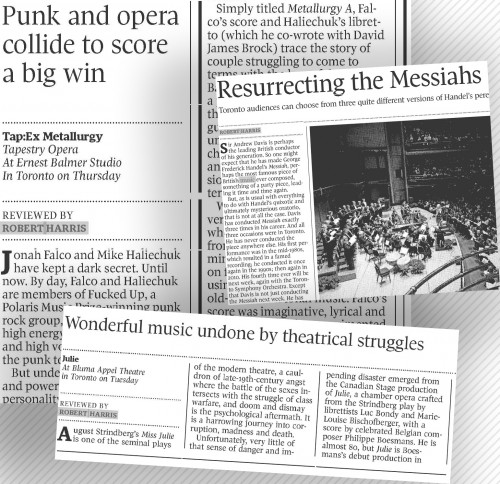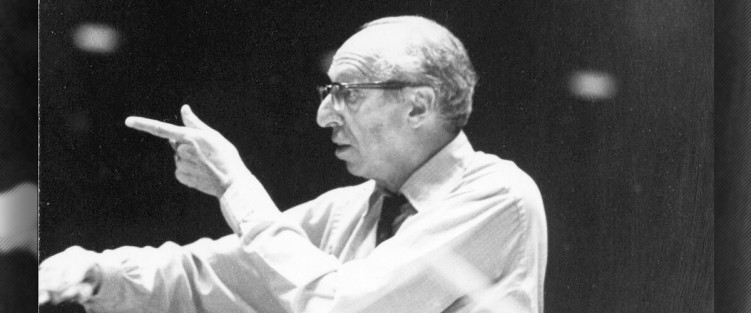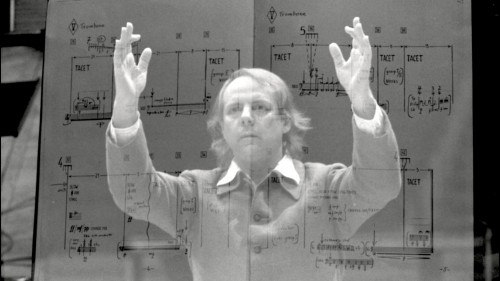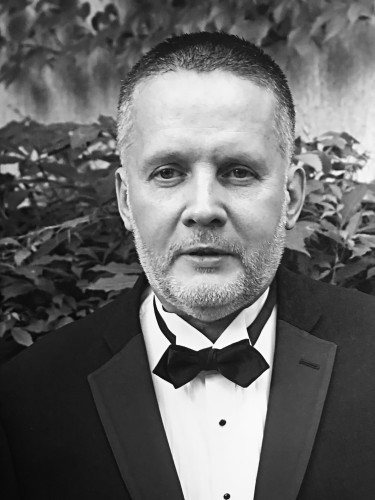We Are All Ronan Mattin… (Or Should Be)
 It was the exclamation heard round the world.
It was the exclamation heard round the world.
On Sunday, May 11, at the end of a performance of Mozart’s Masonic Funeral Music performed by Boston’s Handel and Haydn Society, Ronan Mattin, age nine, after waiting a few seconds to register the music’s close, breathed out an astonished and appreciative reaction.
“Wow!” he exclaimed, out loud, to no one in particular, other than the gods and goddesses of Music, who were surely listening to Ronan in delight. So were the other patrons in the audience, who broke into the laughter of wonderment at Ronan’s spontaneous outburst of musical joy. And now, thanks to the social media tribal drums that encircle the planet, millions of other people have also shared Ronan Mattin’s pleasure.
There is much to say about Ronan’s “wow.” The first is to note that it was not a shout of excitement, if you listen to it, but a contoured exhalation of wonder, a bit of music itself, matching quite exactly the swelling and receding of the final crescendo and diminuendo of the Mozart Funeral Music. It was as though Ronan had added a hidden few bars to the score, finally completing the piece properly for the first time. It’s not impossible to imagine the composing Mozart reacting in exactly the same way as he put the final notes on the manuscript of his work. Ronan joined himself to the music, letting it invade his senses, as we all do, making us part of the music we listen to, our minds and spirit being the instrument on which it is actually played. Most of us observe and feel this swell of sympathy in silence; Ronan, perhaps because he is nine, did not.
And there’s more to say about Ronan’s “wow.” Mozart’s Masonic Funeral Music is six minutes of grief and travail, the resigned beauty of darkness illuminated sharply here and there with patches of barely alleviating light. You can hear prefigurations in the Funeral Music of the temple music, the music surrounding Sarastro and his acolytes, that Mozart wrote for The Magic Flute.
And then, at the very end of the piece, having carefully cycled through an immense chord sequence preparing us for a final grief-stricken cadence in C Minor, Mozart pulls a rabbit out of his musical hat and surprisingly ends the piece with one final swelling chord – in C Major, not C Minor, one chord only in this heavenly key. That was the chord that Ronan Mattin reacted to so evocatively. A journey though grief ends with an impossibly beautiful single ray of sunlight, a hint of peace and joy, with a suggestiveness that only music can provide. This is no Tierce de Picardie, a convention that ended minor pieces in the major, that had long passed out of fashion by 1785. This is the divine Mozart making a statement, a hint, really, a whisper, a hint of a whisper, as only he could, about a world he so incompletely understood.
But it was a sentiment that Ronan Mattin, who, we are told, lies on the autism spectrum, (as surely did the composer whose music he was listening to) responded to in a blinding instant. It was not simply the beauty of the music but the surprise and perfection of that last chord that I’m sure forced that exclamation from Ronan Mattin’s lips. Ronan, we have since learned from his family, is essentially non-verbal. He lives his complex and exacting life within an orbit of his own. But music, which so often drives the rest of us into contemplative silence, drove Ronan in the opposite direction – into speech, into the world. A more perfect realization of music’s power would be hard to find – its power to link the internal and the external, the world we share with no one but ourselves and the world we long to share with everyone else. Who can measure the power of recognition, the power of congruence that forced that “wow” from Ronan’s lips. We know, if he does not, that he was speaking that word for us all. And who can imagine how Ronan’s spirit reacted to the main work on the program for which the Masonic Funeral Music was just an appetizer – Mozart’s Requiem. One can only imagine what transpired in his inner world during that kaleidoscope of sentiment and emotion.
So, you might ask, what was Ronan doing in Symphony Hall in the first place that Sunday afternoon? Well, we’ve learned that Ronan was there with his grandfather, who often takes his autistic grandson on musical outings. The Mattins live in New Hampshire, north of Boston. Which leads us to our last question. What manner of man drives an hour and ten minutes on a Sunday afternoon to take his autistic nine-year-old grandson to an authentic instrument performance of Mozart’s Requiem?
A man in a dark age who believes in light, that’s who. A man – and there are so many of us, you know, so many of us – who remembers that the meanness and pettiness with which we are surrounded these days is only one side of the story, however raucous it may be. Who realizes that there is another reality in the world, a reality like the one Mozart created 200-odd years ago, a reality that his grandson must encounter, the sooner the better. Little Ronan Mattin spoke for all of us that Sunday in Symphony Hall, all of us who have been jolted by the discovery of unexpected beauty in the world. It’s shocking when it touches us – it makes us cry out in pleasure, or would if we had the innocence and courage of a New Hampshire nine-year-old. Let’s be thankful Ronan reminded us of what this music business is really all about. It’s not that without music life would be a mistake. Its more that without music, life wouldn’t be life at all.
Robert Harris is a writer and broadcaster on music in all its forms. He is the former classical music critic of the Globe and Mail and the author of the Stratford Lectures and Song of a Nation: The Untold Story of O Canada.

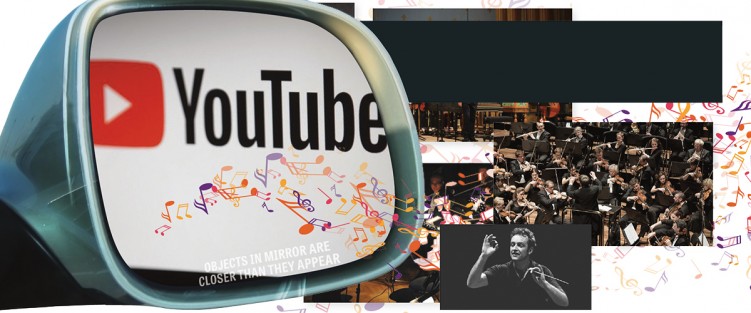
![Nineteenth-century music critic and Brahms champion, Eduard Hanslick, offering incense to the bust of Brahms [Viennese Figaro, 1890].](/images/thumbnails/images/stories/2019/03/29/Eduard_Hanslick_offering_incense_to_Brahms_cartoon_rom_the_Viennese_journal_Figaro_1890-area-311x400.jpg)
